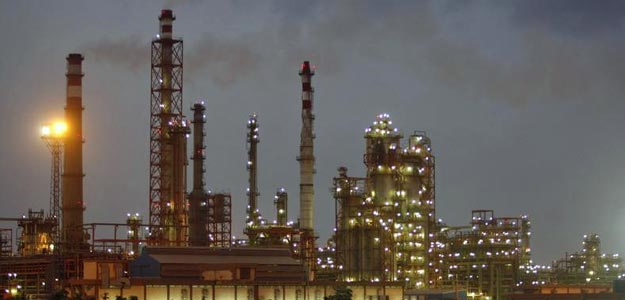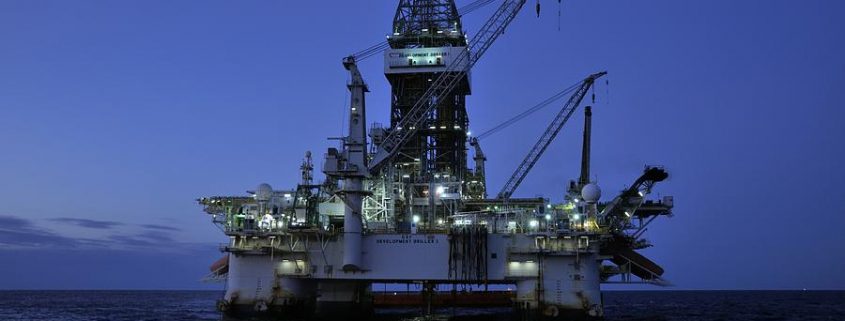Russian exports; Gas and Oil production
Russia expects balance in Oil market; in case production cut prolongs
Alexander Novak said Global Oil markets will come to a balance soon. If the production cuts extend till the early 2018; or late 2017. Entering the winter of 2018, a supply-demand will find its equilibrium.

“Judging from the current dynamics in the decline of the oil and oil products inventories, the markets will see such decline in inventories by the end of 2017 – early 2018. Which will lead to cuts in inventories to a five-year average.” (Reuters)
Despite currently cutting the production, global inventories are still high. They lead the crude back below $50 per barrel. Those were the oscillations earlier this month and it is constantly putting pressure on OPEC to extend the cuts to the rest of the year.
Russia’s Energy Minister Novak said that OPEC countries and other leading oil producers would discuss extending the deal. Considering the second half of the year or “maybe even further than that”.
Parameters of the agreement should not be changed. In a way that further cuts are very likely.
Novak added that Russia will retain output cuts of 300,000 barrels per day. From the level of October 2016 as stipulated by the December 2016 deal.
”Russia’s oil output forecast of 549-551 million tonnes for this year remained the same. But it could change depending on the outcome of oil producer nation talks in Vienna later this month.”
Russian Natural Gas Exports to China
Alexei Miller today said Gazprom hopes to agree the main terms of natural gas exports to China from the Russian Far East, in 2H17.
The supplies of natural gas, coming from the Russian Far East should be an extension of an already signed 30-year contract on exporting. 38 billion cubic meters of natural gas going to China, from Siberian deposits.
OPEC losing its pricing power?
According to some CNBC news, Commerzbank said that OPEC is losing its power over market. It has limited impact on Oil prices, since it secured a deal to curb outputs. The global energy market is well shaken, and it is a big question whether OPEC will succeed to rebalance it in 2H17.
“The fairly short-lived effect of production cuts on oil prices shows that OPEC’s market impact via ‘supply control’ is very limited. We have been pointing out for years that OPEC has lost its ‘pricing power.” (Commerzbank)
“Even so, OPEC is unlikely to give away on cut extensions, it will extend the agreement instead.” Weinberg said.
Eugen Weinberg is a head of commodities research at Commerzbank.
“The relentless increase in U.S. shale supply has counterbalanced the production cuts that OPEC and Russia agreed on. And so, there is still a skepticism within supply and demand balance.” (CNBC)





 Georgia Power and Westinghouse decided to transfer the Project management of Georgia nuclear power plant expansion, to Southern Co.
Georgia Power and Westinghouse decided to transfer the Project management of Georgia nuclear power plant expansion, to Southern Co.















 Despite being the previous idea, it had now pretty dwindled.
Despite being the previous idea, it had now pretty dwindled.













